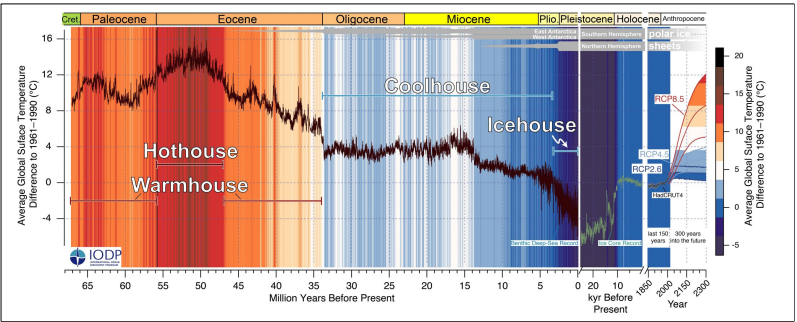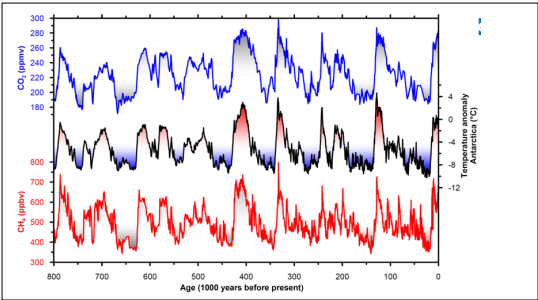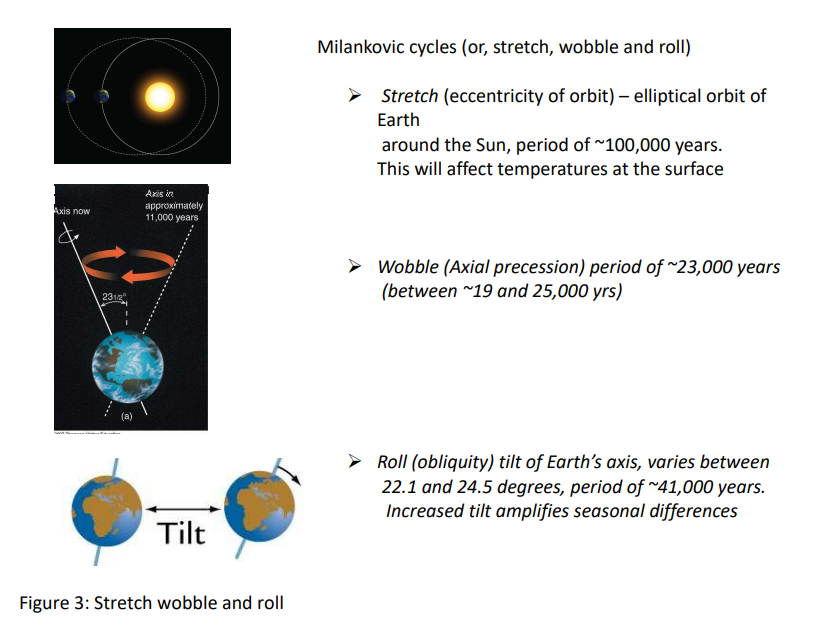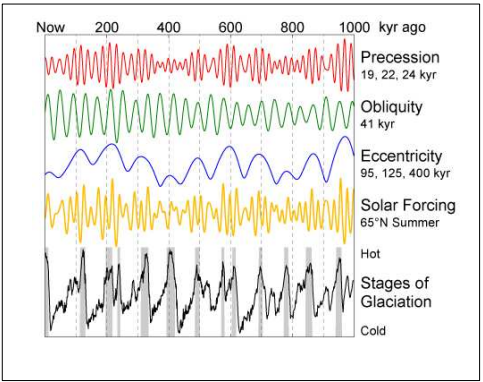St Mary's College Grade 10C

Our Questions
It’s important firstly to distinguish between mitigation and adaptation when we are talking about climate change. Mitigation means all those actions intended to lessen climate change, mainly by reducing greenhouse gas emissions and enhancing nature’s ability to absorb emissions. Mitigation includes things like transforming our energy, transport and manufacturing systems so that we can move away from fossil fuels. It also includes helping nature to recover with tree planting and habitat restoration so that natural environments can help us do the work of reaching net zero emissions by absorbing carbon dioxide. However, even if we can cut global emissions in half by 2030 and reach net zero emissions by 2050 – the key goal of the 2015 Paris Agreement – impacts of climate change will continue to be felt for some time. We will therefore need to work on adaptation: that is, changing our societies to better cope with the impacts of climate change already being felt and the impacts projected into the future.
One of the key things we need to think about is adapting to sea level rise. Scientists from the Intergovernmental Panel on Climate Change (IPCC) tell us even if we succeed in strongly reducing emissions, greenhouse gases already in the atmosphere and heating already in the climate system will mean that sea levels continue to rise for centuries. Sea levels could rise by 30-60cms by 2100, even if global warming is kept below 2°. Seas could rise as much as 60-110cm by 2100 if we don’t curb emissions strongly. In any future emissions scenario, therefore, coastal areas and low lying land areas will have to adapt to saltwater flooding from sea level rise. In some cases this may mean building extensive sea walls: such adaptation infrastructure is now being considered by low-lying cities, for example Miami in Florida, USA. In other places, like low-lying Pacific Islands, this may be less feasible and moving away from such islands may be a necessary adaptation action. For example, people living on the Carteret Islands in Papua New Guinea are already having to decide to leave their islands, as sea levels rise.
Increasing heat will also call for adaptions. Heatwaves are Australia’s most dangerous extreme weather risk for humans. Heatwaves are becoming hotter, lasting longer and occurring more often. By mid-century in Australia, we expect to see an increasing number of days on which there is severe heat danger for people working outside. Outdoor work normally done in the daytime may need to be undertaken at night (eg: agricultural work). Architecture of homes to allow more natural cooling and of cities to reduce the urban heat island effect with planting of more trees are possible adaptations.
In a heating world, we will also need to be better prepared for bushfires – particularly in Australia. This may mean further upgrading of building codes to make every house in bushfire-prone areas more bushfire ready. Though we can better protect houses by clearing vegetation around them, houses in some areas may not be able to be adequately protected from fire. This could mean that one climate change adaptation we may see in the future is whole communities needing to move out of particularly bushfire-prone areas.
Some impacts of climate change may allow for potentially positive adaptations. For example, in Tasmania, overall warming may allow for a change of land use choices in agriculture, with potentially higher economic returns. Climate modelling for Tasmania shows that by 2085, pasture production of ryegrass for livestock could increase in some areas by 10-100% due to an earlier start to spring and therefore a longer growing season. Wheat cropping in some parts of Tasmania could see a 10-15% increase in yields. However, agricultural pests (eg: fruit fly) could become a problem for agriculture in a warmer Tasmania. Farmers will therefore need to adapt on several levels.
Could the Earth ever enter another ice age? The short answer is quite probably, but maybe not for a very long time. However, nothing is certain, especially with the current human-induced changes now occurring. To explain why the answer is probably, we can look at what we know about past climate.
The Earth’s climate has varied over millions of years (see Figure 1). You can see that it was very warm around 56 millions years ago, and very cold around 25,000 years ago. The temperature has generally increased since about 20,000 years ago. But you can also see that there are a lot of ‘little’ ups and downs’. If you look at Figure 2, this shows variations over the last 800,000 years. The line in the middle is temperature. You can see that there are semi-regular periods of colder temperatures (glacial periods, or what some people call ice ages) that last for tens of thousands of years. The warmer (inter-glacials) and colder periods (glacials) can be related to a number of factors that affect Earth’s climate from ‘outside’ the Earth. We call these external forcings.

Source of Figure: Westerhold et al. 2020 Science

One of the important external forcings of glacial and interglacial periods is related to how earth travels around the sun. About 100 years ago, a smart guy from Serbia called Milutin Milankovic realised that there were three important ways the Earth’s orbit around the sun changed over long time periods. We can call these, stretch, wobble and roll (see Figure 3). These have periods (or cycles) of thousands of years. If you look at Figure 2 again, you can see that warm temperature periods occur around once every 100,000 years (give or take). This is very similar to the period of how Earth’s journey around the sun changes over time (stretch). So, around every 100,000 years, our orbit becomes more ‘circular’ or ‘less elliptical’, so we are closer to the sun. When our orbit becomes more elliptical, we are further away from the sun for much of the time, and our climate is cooler. The other two cycles are also important, but less relevant to your question. They will have important impacts on seasonal differences in the hemispheres and day lengths from the equator to the poles. In Figure 4, there’s a plot of the cycles over time, and down the bottom is a plot of stages of glacial and interglacial periods.


There are also other factors that affect the Earth’s climate that come from ‘outside’ the Earth (we can call these external forcings). You have probably heard of sunspots. There have been periods when there are less sunspots (the sun is cooler). When the sun is cooler, the Earth is cooler, too. These also have an impact on Earth’s climate, but on much shorter time scales (generally decades).
So, the longer answer to your question is that there are some factors that affect Earth’s climate that come from outside. These have big impacts on our climate and can ‘set up’ positive feedback loops meaning that when one thing happens it leads to another process which then causes some thing else. Like dominoes falling over. Or maybe like when you get up in the morning feeling a bit grumpy and say something not so nice to your brother or sister. They’re then nasty back to you and you get grumpier. When you go to school you’re still grumpy and take it out on your friends who then get grumpy with you. This would be positive feedback because one bad thing leads to another bad thing (or if you got up happy and said nice things…etc. That would also be positive feedback).
It is hard to know what will happen in the future with man-made climate change which is warming our planet very quickly. If we continue release CO2 as we are at present, we are unlikely to experience another ice age any time soon. Our orbit of the sun is currently quite ‘circular’ (or least elliptic) but is slowly becoming more eccentric. So, it is reasonably likely that some time in a little less than 100,000 years the Earth may enter another glacial period.
What it will look like then is another matter altogether.
This is a great question as it highlights the important role of thinking about our food choices in responding to climate change. But if everyone in the world was vegan, that wouldn’t necessarily be the best way to help slow climate change because we would need a very large land area to grow enough crops. Cutting down trees to clear land for crops is not helpful for climate change because we need trees to help take carbon out of the air.
So instead of everyone in the world being vegan it would be better if everyone in the world reduced how much beef and lamb they ate to maybe once or twice a week or even less and for the rest of the time ate more chicken, fish or vegetarian meals. It is healthier for us to eat less red meat anyway and in Australia we already eat far more red meat than dieticians recommend. That is because we farm a lot of cattle here and our access to high quality and affordable meat is good.
Being vegan can be a much more environmentally sustainable way of eating if you are eating local (or home grown) produce, but it can have health implications for some people, especially children, so it is important to make the decision considering health as well. So the answer is yes, being vegan can really help to reduce emissions but the key part is being aware of what you are eating.

There are also other options to eat more sustainably. Eating food that you grow yourself is great. Do you have chickens at home? As well as eating more locally produced food, including meat. Trying to reduce waste from the food that you eat is also helpful. Eating kangaroo and wallaby is another great option for red meat! Have you tried wallaby? It is great on the BBQ or in a curry. So it is helpful for climate change and our health to reduce the amount of meat we eat, particularly red meat, but meat is still ok in small amounts. Thinking about what we are eating, how it was produced and where it is coming from and making choices that have less emissions is a really great way to help combat climate change.













